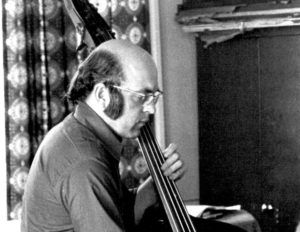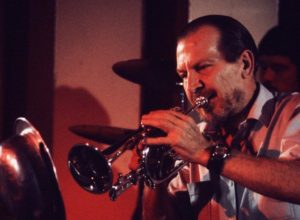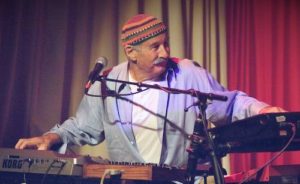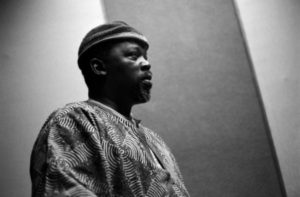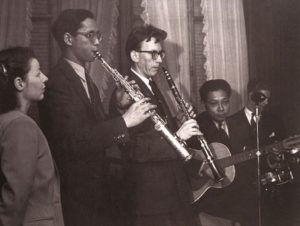Jan Garbarek
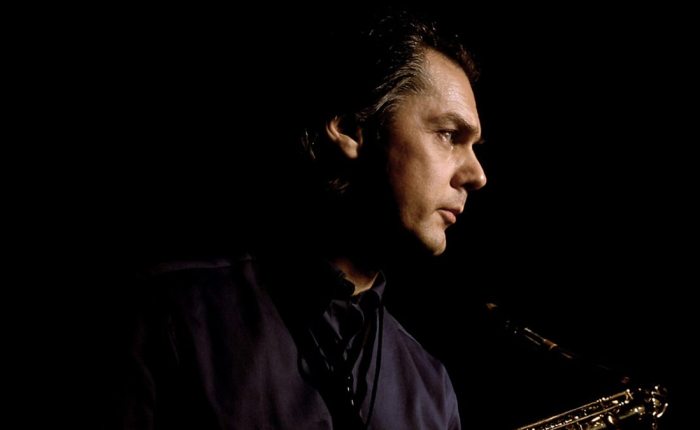
Czesław Garbarek was a Polish soldier during World War II, captured by the Germans and held in a labour camp in Norway, where he stayed after liberation. He met and married Karin, a Norwegian farmer’s daughter, but it took him the best part of a decade to evade deportation and secure Norwegian citizenship. His son Jan Garbarek (born 1947), stateless for the first seven years of his life, has gone on to become one of the most important figures in Norwegian music. At the age of 14, he heard John Coltrane on the radio, and dedicated himself to learning the saxophone. Within a year, the self-taught Garbarek won an amateur jazz competition, and began to perform professionally. Though he enrolled in Oslo University, he dropped out due to a profusion of job opportunities.
While still a teenager, he made his first appearance on record with singer Karin Krog, and then in 1967 he released his debut album Til Vigdis (dedicated to his soon to be wife), recorded at a live session with Arild Andersen on bass and Jon Christensen on drums. In 1968, he appeared on guitarist Terje Rypdal‘s own debut album, and it was around this time that Garbarek, Rypdal and Christensen began to work with American pianist George Russell, who was then resident in Norway. They can be heard on the composer’s extraordinary 1969 recording of his Electronic Sonata for Souls Loved By Nature. Russell also produced Garbarek’s second album Esoteric Circle. At this point, his playing is still showing the strong and direct influence of Coltrane, with a tone and attack, rawer and more aggressive than the musician most people know.
In 1970. Garbarek’s quartet (still with Rypdal, Andersen and Christensen) recorded Afric Pepperbird as the seventh release by a new label based in Munich, ECM Records. Produced by label owner, Manfred Eicher, this was the first album in an extraordinarily successful collaboration between artist and label, that has now lasted 50 years. Garbarek has recorded prolifically as a band leader in a variety of settings – frequent collaborators have included pianist Bobo Stenson, guitarist Bill Frisell, bassist Miroslav Vitouš and percussionist Naná Vasconcelos. From 1974, the saxophonist joined Keith Jarrett‘s influential European group along with Jon Christensen and Palle Daniellson. Other ECM artists, on whose albums Garbarek appears, are Ralph Towner, Egberto Gismonti, Charlie Haden, Kenny Wheeler and Eberhard Weber. In 1994 Garbarek reached brand new audiences through his collaboration with early music vocal group, the Hilliard Ensemble, another partnership that continues today. By this point, his playing had become much sparer and more melodic, not seeking to fill every second with waves of sound in his more avant garde earlier work. His later albums are often contemplative, even melancholy, and Garbarek himself has said they are not jazz. Musicians he has worked with frequently since the 1990s include keyboard player Rainer Brüninghaus, percussionist Marilyn Mazur and drummer Manu Katché.
Key Recordings:
With George Russell, Keith Jarrett, Charlie Haden
Afric Pepperbird (ECM 1970)
Witchi-Tai-To (ECM 1974)
Twelve Moons (ECM 1993)
